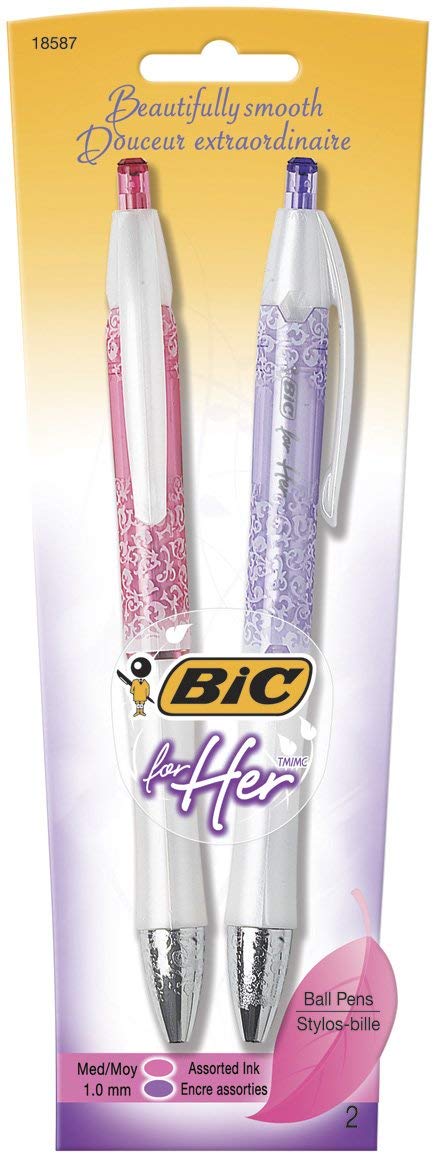In today’s society, where gender is more fluid and seen as less of a defining trait, some brands are starting to shun stereotypes and yet gender marketing is still prominent within the marketing industry.
In the 1950s,
LUX, a household cleaning brand, showed an advert portraying a woman surrounded by dishes. The text below her reads ‘Get out of the kitchen sooner!’. Through the window, her husband and children can be seen relaxing outside.
 Image sourced from edison research
Image sourced from edison research
It seems unlikely that people would be okay with that kind of advertising today. But you still see home cleaning products advertised to women, and cars and sportsware to men, in a more subtle way. When it comes to children, toys are still divided by the trademark ‘blue for boys’ and ‘pink for girls’.
This pink and blue divide persists today because brands have traditionally operated on the belief that people are making purchases based on their gender. This gender-based marketing
actually risks alienating other potential customers and it shows a company’s failure to look for deeper insights about its audience.
Research done by a
J.Walter Thompson Intelligence report demonstrates that humans aren’t defined by their gender. It found that 81% of Generation Z (Gen Z) members strongly believe that gender does not define a person as much as it did in the past.
In fact, 60% of Gen Zs embrace the idea of gender nonconformity and think forms should include selection ‘options’ other than ‘male’ or ‘female’.
Research by
The American Psychological Association agrees that a person’s gender has little to no bearing on their personality, cognition or leadership abilities.
But the problem is that brands and customers have found themselves stuck in a vicious cycle: stereotypes are trapping people into thinking that they’re meant to desire a certain product, and then brands continue to market towards the gender that typically buys it.
This cycle has resulted in companies convincing women that they need to pay extra for nearly identical products marketed towards men in a phenomenon called ‘Pink Tax’.
For instance, BIC released a line of pens called ‘
BIC Pen for Her’. These pens were “designed to fit comfortably into a woman’s hand,” and featured pastel colors. They were also priced 70% higher than BIC’s non-gendered pens.
 Image sourced from Amazon
Image sourced from Amazon
This new line of pens received ridicule from customers because of the brand’s assumption that women want pens based on their appearance rather than their functionality. There were also a large portion of customers who had an issue with the pen’s higher price.
On the other hand, a man might be persuaded to buy a beer when he actually wanted wine because beer is marketed more towards men and wine towards women. In South Africa, the names of different types of wine brands are fairly gender neutral, but overseas it is easy to see why men would steer clear of wine when they have names like
Little Black Dress and
Mad Housewife.
A previous
media update article says,
“Continual stereotyping — of both men and women — perpetuates the disempowerment of women.”
This kind of gender based marketing is becoming less effective as modern consumers — particularly younger generations — are seeking brand experiences that are inclusive towards people of all gender identities and don't make assumptions based on stereotypes.
In a report titled ‘
Getting Gender Right’ by Kantar, 45% of consumers said that marketers portray women in outdated ways, and ad targeting in many instances is based on stereotypes.
Brands that take the time to listen to their customers’ feedback and what they want out of a product have found great success. BIC redeemed itself from the ‘BIC Pens For Her’ disaster by releasing the ‘
Made for YOU’ gender-neutral razor blade in June this year.
These razors have been marketed as gender-inclusive products, designed for anyone of any gender.
This doesn’t mean that BIC will be doing away with its ‘female’ or ‘male’ razors as there is still a market for them — it just means that there is now a wider range of choices available.
A campaign in the United Kingdom called
Let Toys Be Toys advocates for gender-neutral toys and encourages toy companies to put an end to the ‘for boys’ and ‘for girls’ sections in shops. Since its launch in 2012, it has convinced 15 major toy companies to stop gendering their products.
Although this is only a small portion of businesses in the United Kingdom, none of those 15 brands have reported that dropping gendered marketing had a negative effect on the brand.
As the younger generations grow up, brands are going to need to start catering for their wants and needs. As mentioned in a previous
media update article,
Gen Z will make up for 40% of consumers by 2020. That is the same generation that believes that gender has little bearing on a person’s decision to buy something.
What the next generation wants is gender-neutral products and an end to marketing based on stereotypes. It’s time to stop and listen to their demands!
What are your feelings about gender-based marketing? Share your thoughts with us in the comments section below.
You’ve reached the end of what we could only assume to be an amazing article! Instead of having to search for our stories in the future, why not get them delivered straight to your inbox? Sign up to our newsletter here.
Gen Zs may seem like they are from another planet, but they are about to make up a huge portion of the customer base. But is the marketing industry ready? Why not check out our Infographic: Tackling Gen Z marketing to find out.